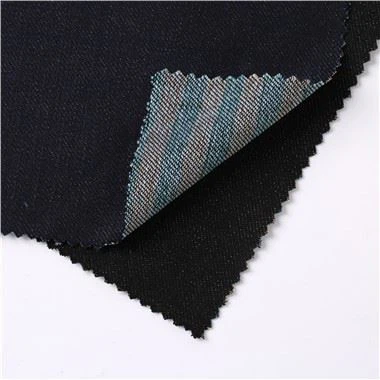What is fabric finishing?
Apr 22, 2024
Finishing is a technical treatment method that endows fabrics with color effects, shape effects (smoothness, suede, firmness, etc.), and actual effects (impermeability, non-felting, non-ironing, non-decay, flame resistance, etc.). Fabric finishing is a process of improving the appearance and feel of fabrics, enhancing their wearability, or endowing them with special functions through chemical or physical methods. It is the process of adding icing on the cake to textiles.
The various finishing techniques are as follows:
1. Pre-shrinking
The process of using physical methods to reduce the shrinkage of fabrics after immersion in water in order to reduce the shrinkage rate. Mechanical preshrinking is to wet the fabric by steam or spray, and then apply longitudinal mechanical extrusion to increase the buckling wave height, and then loose drying.
2. Stretch
The process of using the plasticity of fibers such as cellulose, silk, and wool under humid conditions to gradually widen the fabric width to the specified size for drying, and to stabilize the fabric shape, also known as fixed width finishing.
3. Sizing
It refers to the finishing process of dipping the fabric into a slurry and drying it to achieve a thick and stiff texture.
4. Heat setting
The process of stabilizing the morphology of thermoplastic fibers and blended or interwoven fabrics is mainly used for the processing of synthetic fibers and their blends, such as nylon or polyester, which are prone to shrinkage and deformation after being heated. Heat-set fabrics can improve dimensional stability and provide a relatively firm feel.
5. Whitening
The process of using the principle of complementary color of light to increase the whiteness of textiles, also known as whitening. It has two types: blue coloring and fluorescent whitening.
6. Rolling, electro-optic, and embossing
Rolling is a process that utilizes the plasticity of fibers under humid and hot conditions to flatten or roll out parallel and dense diagonal lines on the surface of a fabric, in order to enhance its luster. Electroluminescence is the use of electrically heated rollers to polish fabrics. Rolling marks are formed by steel rollers and soft rollers with embossed patterns, and under hot rolling conditions, the fabric can obtain a glossy pattern.
7. Brushing and fuzzing
The process of using a sanding roller (or belt) to grind a short and dense layer of fuzz on the surface of the fabric is called sanding, also known as brushing, which can produce fuzz on both warp and weft yarns simultaneously, and the fuzz is short and dense.
8. Fuzzing
The process of using dense needles or thorns to pick up the fibers on the surface of a fabric, forming a layer of fuzz, also known as velvet finishing. It is mainly used for woolen fabrics, acrylic fabrics, and cotton fabrics. The fuzz layer can improve the warmth of the fabric, improve the appearance, and make the hand feel soft.
9. Shearing
The process of using a shearing machine to cut off unwanted fuzz on the surface of a fabric. Its purpose is to make the fabric weave clear and have a smooth surface, or to make the fuzz or surface of the plush or fluffy fabric neat. Products such as woolen fabrics, velvet, synthetic fur, and carpets generally require shearing.
10. Soft
There are two methods: mechanical finishing and chemical finishing. Mechanical softening finishing is achieved by repeatedly kneading and bending the fabric, but the softening effect is not ideal after finishing. Chemical softening treatment is the application of a softening agent on a fabric to reduce the friction coefficient between fibers and yarns, thereby obtaining a soft and smooth feel, and the finishing effect is significant.




